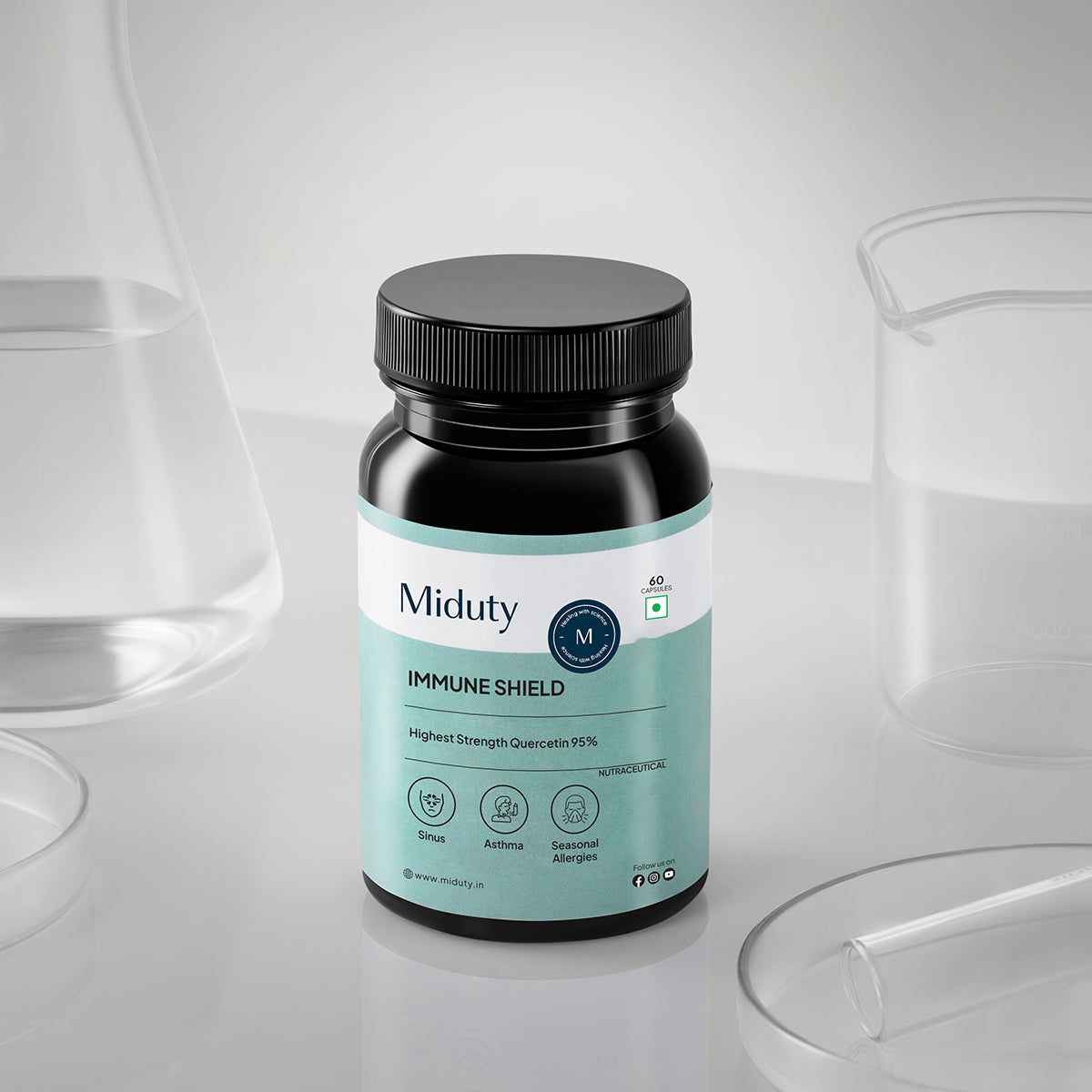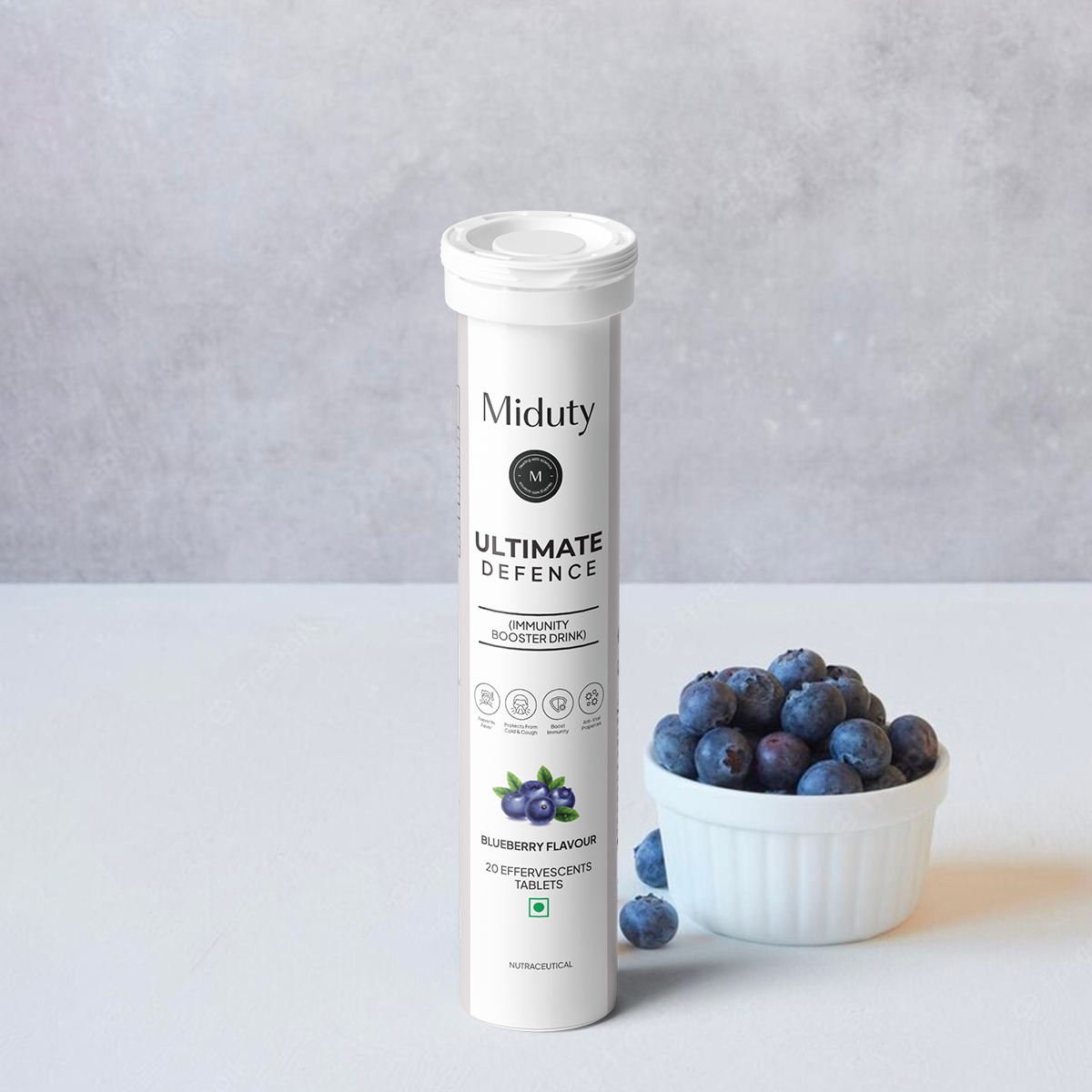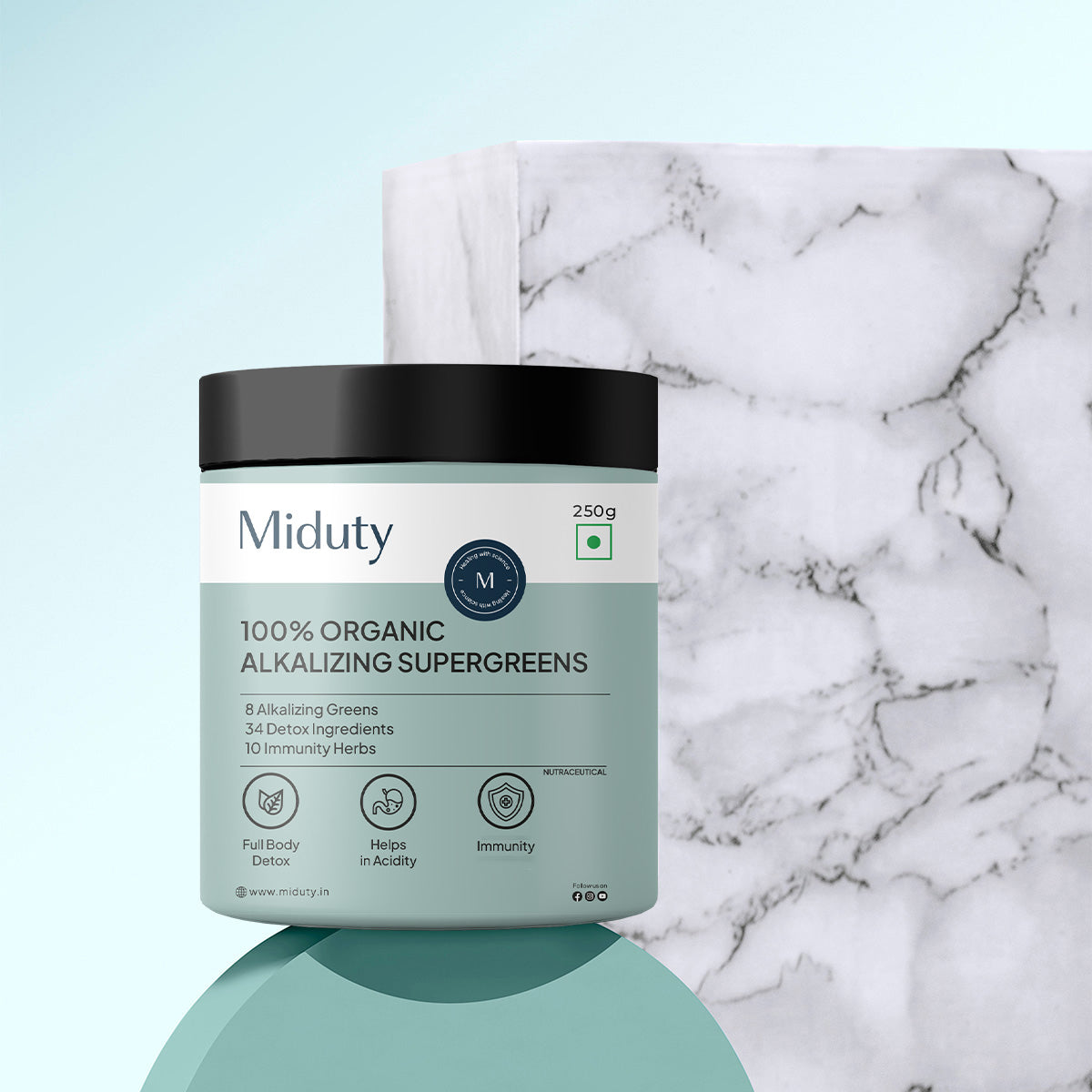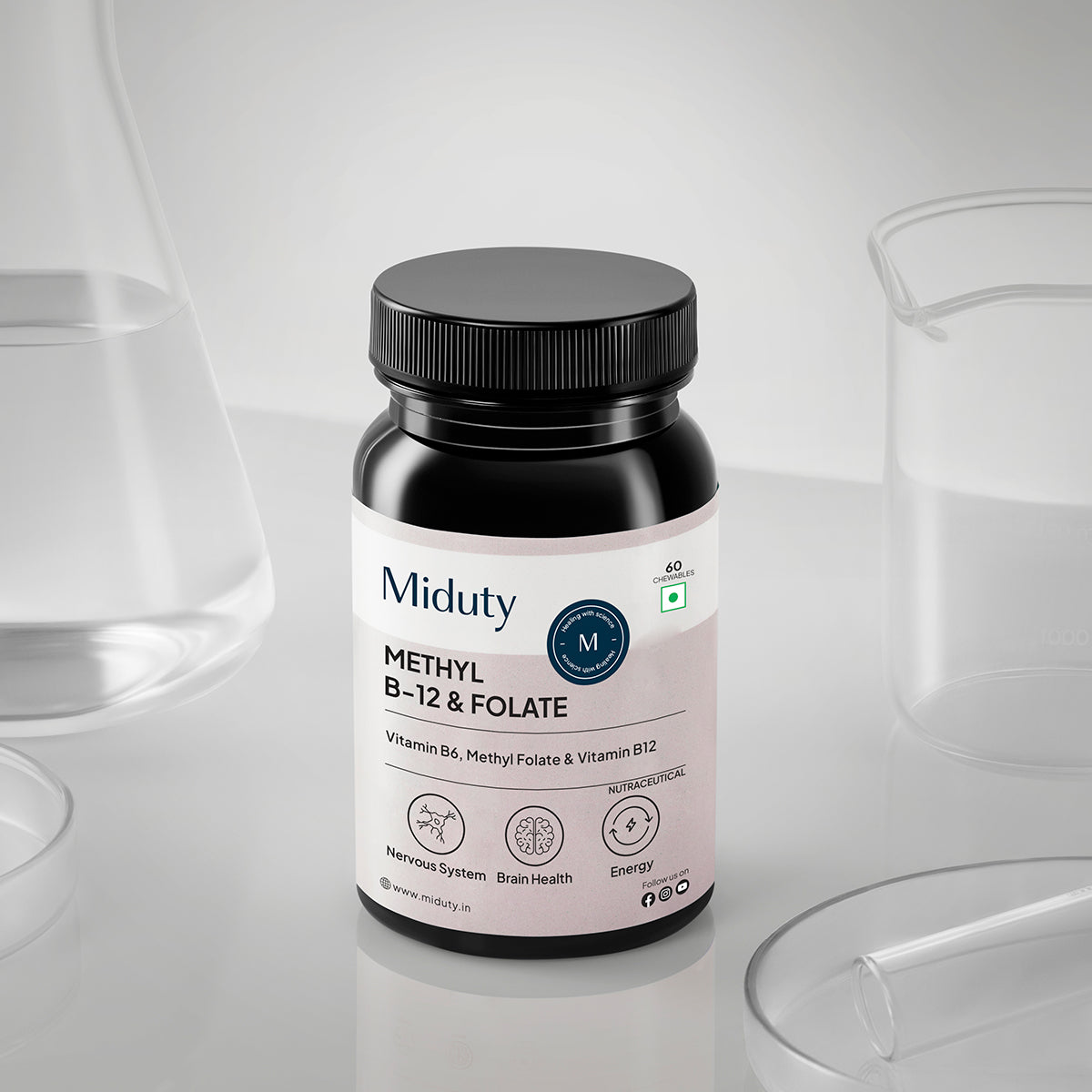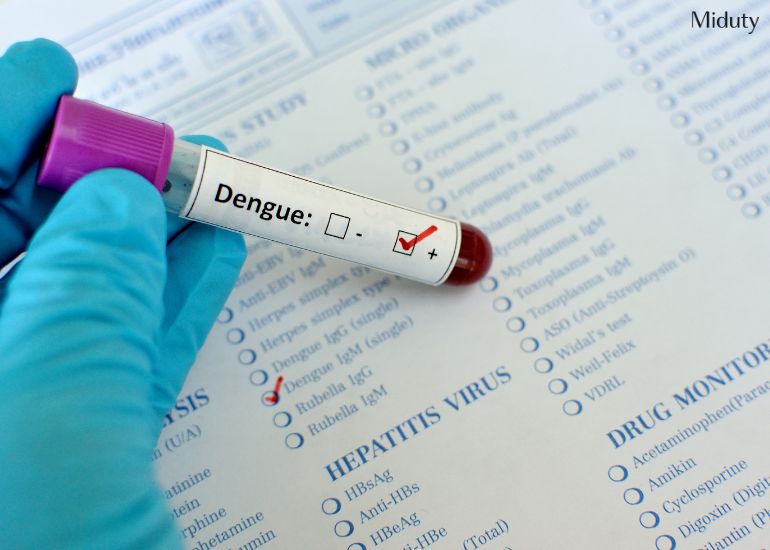
How to Increase Platelet Count in Dengue Fever: Science-Backed Ways
Introduction
Dengue fever poses a significant health challenge globally, with over 7.6 million cases reported to the WHO in 2024 alone, including more than 3,000 deaths. In India, cases have quadrupled from 2015 to 2020.
Key Takeaways
1. Eating foods rich in folate, B12, vitamin C, and iron can support bone marrow function and help restore platelet count during dengue.
2. Staying properly hydrated improves blood flow, nutrient absorption, and reduces dengue complications.
3. Avoiding alcohol, aspirin, and certain NSAIDs is essential as they can further suppress platelet production and increase bleeding risk.
4. Platelet transfusions are reserved for critical cases, while regular monitoring and supportive care remain the primary medical approach.
5. Deep, uninterrupted sleep boosts immunity and plays a vital role in natural platelet regeneration.
Dengue fever isn't just another viral infection, it can quickly escalate into a life-threatening illness. Transmitted by the Aedes aegypti mosquito, the virus disrupts several systems in the body, but one of its most serious impacts is on your blood: specifically, your platelet count.
Platelets are tiny blood cells that play a crucial role in clotting. A normal platelet count ranges from 150,000 to 450,000 per microliter of blood. In dengue, it's not uncommon to see this number fall below 50,000, or even lower. When that happens, the risk of internal bleeding and hemorrhage rises dramatically.
But here's the catch: there's no specific antiviral treatment for dengue. So, what do you do? You support your body's natural ability to heal, particularly by focusing on ways to increase platelet count safely and effectively.
This article will break down science-backed strategies that can support platelet regeneration nutritional, lifestyle, and medical.
Why Do Platelets Drop in Dengue?
Dengue virus attacks the bone marrow the body's platelet production center leading to reduced platelet formation. Additionally, the virus triggers an aggressive immune response, causing the destruction of existing platelets. Inflammation and cytokine storms further damage blood vessel walls, allowing platelets to stick to the vessels or leak out, reducing their count in the bloodstream. In severe cases, the virus can also cause the spleen to trap platelets, removing them from circulation.
Powerful Ways on How to Increase Platelets Count in Dengue
1. Dietary Changes
When you're fighting dengue, nutrition becomes your first line of defense. The virus can suppress bone marrow activity, which is the site of platelet production. To counter that, you need nutrients that aid bone marrow function and cell regeneration. Focus on the foods such as:
- Folate: Spinach, Beetroot, Moong Dal, Avocados, Broccoli
- Vitamin B12: Eggs, Dairy Products, Fish, Chicken, Fortified Cereals
- Iron: Beetroot, Spinach, Cashews, Pumpkin Seeds
- Vitamin K: Kale, Broccoli, Cabbage, Lettuce, Green Beans
- Vitamin C: Kiwi, Papaya, Oranges, Guava, Strawberries
- Vitamin E: Almonds, Sunflower Seeds, Spinach, Avocado
- Papaya Leaf Extract: Boosts platelet count naturally
- Giloy (Tinospora cordifolia): Supports immune modulation
- Wheatgrass Juice: Enhances platelet production and blood health
Keep in mind: While food supports recovery, it is not a substitute for medical treatment. Nutrition should always complement clinical care.
2. Hydration
Dehydration can worsen the symptoms of dengue. It thickens your blood (a condition called hemoconcentration), which can reduce blood flow and oxygen delivery. This also increases the likelihood of clotting abnormalities and organ strain.
Rehydration therapy is often the first treatment given in hospitals for dengue patients. Oral rehydration solutions (ORS), coconut water, and clear soups are ideal choices to maintain electrolyte balance and fluid levels. Hydration doesn't directly boost platelet production, but it ensures the nutrients you're consuming are well-absorbed and that your blood volume remains stable. Also, avoid caffeine and sugary drinks, which may worsen dehydration.
3. Understanding What to Avoid
While you focus on increasing your platelet count, it's equally important to avoid things that decrease it. Alcohol tops this list. Even in small quantities, alcohol suppresses bone marrow function and impairs platelet production. During dengue or recovery, alcohol should be avoided completely.
Similarly, over-the-counter medications like aspirin, ibuprofen, and NSAIDs should be avoided unless specifically prescribed. These drugs interfere with platelet function and can increase the risk of bleeding, especially when your count is already low.
Even certain herbal supplements may have blood-thinning effects. Always consult your doctor before trying alternative therapies.
4. Medical Interventions
In some cases, natural methods alone won't be enough. If the platelet count drops to critical levels (typically below 20,000), or if there are signs of internal bleeding, platelet transfusions may be necessary.
However, this isn't always the first line of defense. According to a study in The Lancet, routine transfusions do not significantly reduce mortality or improve outcomes in all dengue patients. They're often reserved for those with active bleeding or high-risk conditions.
Hospitals also provide supportive care, including fever management, fluid balance monitoring, and frequent blood tests to monitor platelet trends and hematocrit levels.
5. Lifestyle Changes
Sleep might seem like the most obvious advice, but its impact is often underestimated. Recovery from dengue is energy-intensive. Your body is already under oxidative stress and fighting inflammation. Sleep supports immune modulation and cellular repair including platelet production.
Chronic stress and poor sleep suppress the immune system and impact hematopoiesis (the formation of blood cells). Deep, restorative sleep allows for optimal hormone function, including those that regulate platelet development from megakaryocytes in the bone marrow. Creating a sleep-conducive environment, free from screen time, noise, or light, can speed up recovery.
Conclusion
The phrase "how to increase platelet count in dengue" might sound straightforward but the solution is anything but simplistic. Platelet regeneration during dengue is about balance. It's about giving your body the right fuel, rest, and environment to heal.
Whether you're dealing with dengue firsthand or caring for someone who is, remember this: there's no magic food or pill. It's about consistency, clinical guidance, and trusting the body's capacity to recover when given the right support.
With dengue cases rising year after year, especially in tropical countries like India, awareness and early action can make all the difference.
Frequently Asked Questions on Platelets in Dengue -
Q1 - How can I increase my platelets fast in dengue?
To increase platelets fast in dengue, focus on consuming folate and vitamin C-rich foods, staying well-hydrated, and getting adequate rest. In severe cases, medical intervention like platelet transfusion may be required.
Q2 - How many platelets are normal in dengue?
In dengue, a normal platelet count ranges from 150,000 to 450,000 per microliter of blood. However, it often drops below 100,000 during infection, and counts below 50,000 may require close medical monitoring.
Q3 - How to know if dengue is recovering?
Signs of dengue recovery include a gradual rise in platelet count, reduction in fever, improved appetite, reduced fatigue, and overall energy returning. Stabilizing vital signs and decreasing symptoms like body aches and rashes also indicate recovery.
Q4 - What to not eat in dengue?
Avoid oily, spicy, and processed foods, as they can strain digestion and trigger inflammation. Also, steer clear of alcohol, caffeine, and foods or supplements with blood-thinning properties like aspirin or certain herbal extracts unless approved by a doctor.
Q5 - Can platelets increase in one day?
No, platelets don't usually increase in just one day. It typically takes around three to four days with proper care, hydration, nutrition, and rest.
References


